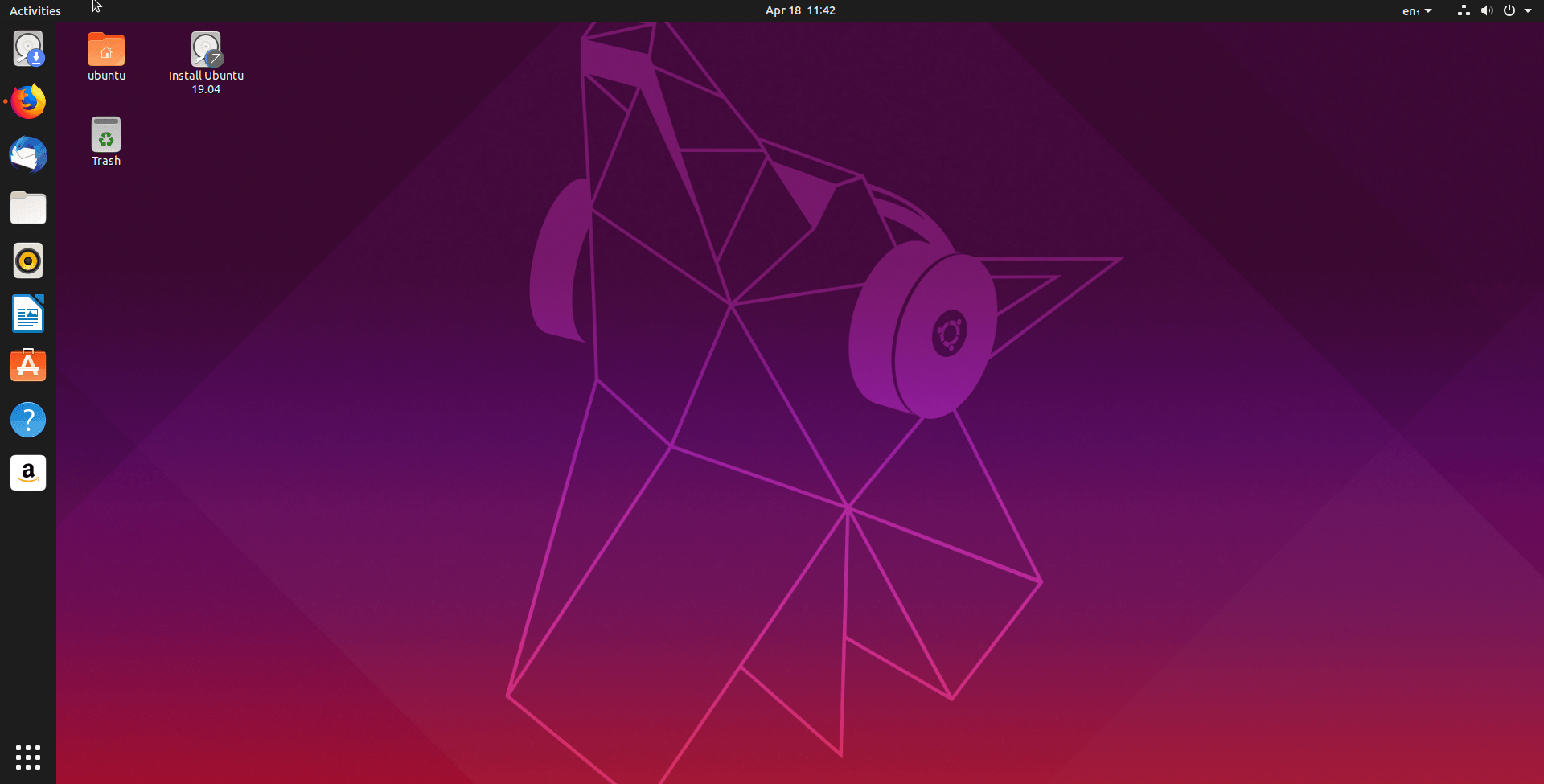

- #UBUNTU REMOTE DESKTOP CLIENT HOW TO#
- #UBUNTU REMOTE DESKTOP CLIENT INSTALL#
- #UBUNTU REMOTE DESKTOP CLIENT ANDROID#
Select VNC in the drop-down menu on the left.However, you will need to move to the Ubuntu PC to set it up the first time.
#UBUNTU REMOTE DESKTOP CLIENT INSTALL#
You don’t need to install a thing: Ubuntu has built-in VNC support. Enabling Ubuntu Remote DesktopĮnabling the Ubuntu Remote Desktop could not be easier.
#UBUNTU REMOTE DESKTOP CLIENT ANDROID#
Linux, Mac, and Windows PCs can use remote desktop tools to control Ubuntu, as can Android and iOS.īut first, you’ll have to enable the remote desktop feature on your system. However, thanks to Ubuntu’s built-in remote desktop tool, you can use SSH, VNC, and RDP in the same app. Usually, these three options are separate. While many Linux users see SSH as their remote connection tool of choice, it lacks a graphical user interface (GUI). Generally speaking, you have three options to remote control an Ubuntu PC:
#UBUNTU REMOTE DESKTOP CLIENT HOW TO#
Here’s how to use remote desktop software with Ubuntu. The remote desktop feature supports RDP and VNC and is built into Ubuntu by default. You’ll see what’s on that screen and be able to move the mouse and even type! This gives you total control over your desktop from any other computer or mobile device. Ubuntu features a built-in remote desktop tool. You have to use the vncserver -kill:# command to force close a session, or the window managers exit option.If you’re working from home, or are too far from your Ubuntu PC, setting up a remote connection seems smart. If I close the vnc client - the sessions remain running, and I can reconnect later. So I can have several vncserver sessions at the same time. I can run vncserver again and the port # will increase. Point the vnc client At the ip#/name and port # and connect, and have a minimal desktop.

#x-terminal-emulator -geometry 80x24+10+10 -ls -title "$VNCDESKTOP Desktop" & I typically want just openbox and a terminal. Notice it starts a vnc sessions and gives a port # ie :1 you can try to connect to it now. :0 I think is used by sessions that are the local 'visible' desktop.īasic vnc 101 guide for a basic headless server setup. these have different port numbers in the vnc options shown as :0 :1 :2 and so forth. Some vncserver packages can do both ways.Īlso you can have multiple vnc sessions at the same time. Tigervnc, tightvnc, and others work this way. It can have its own virtual desktop that is ONLY visible if you connect to it with a vnc client. It can share the current visible desktop. The CSS on /r/Ubuntu is an on going development keeping up to date with the latest Ubuntu Unity theme.Īdditionally, feel free to message us if your (non-spam!) link/post is accidentally trapped in our spam filter, and we'll sort it out. Members are distinguished by a small Ubuntu logo next to their names, Canonical employees by a purple "O", a portion of Canonical's logo. Ubuntu Members and employees of Canonical have emblems next to their names, indicating their affliation.

Homophobia, sexism, racism or any derogatory language will not be tolerated.This subreddit is for news, information and general discussion related to Ubuntu.ĭownload Ubuntu 22.04 LTS fast torrent download (recommended) or direct link.


 0 kommentar(er)
0 kommentar(er)
